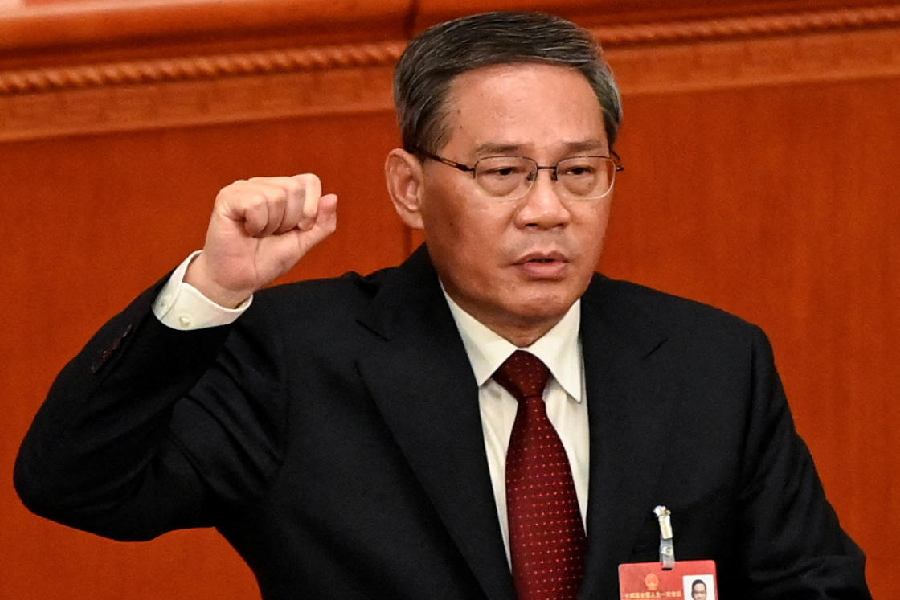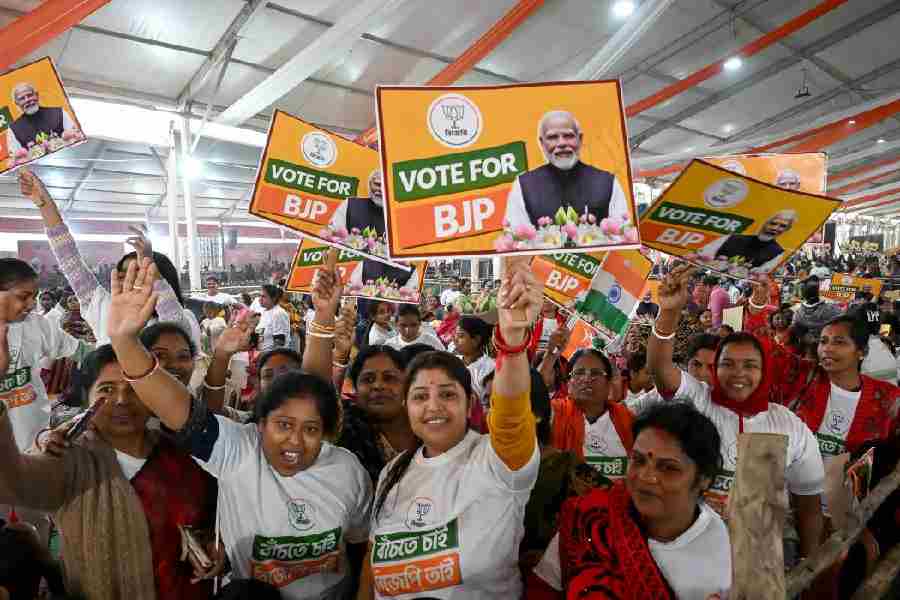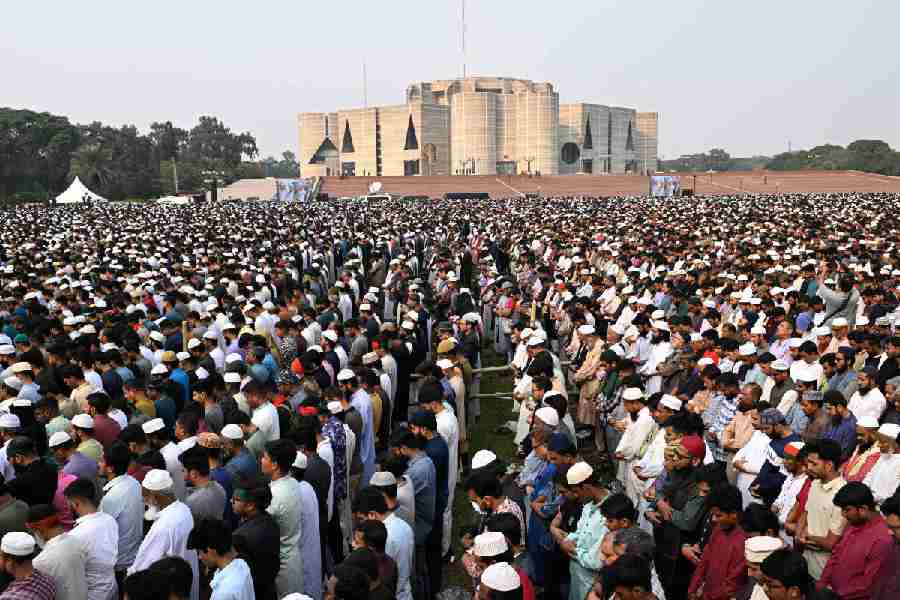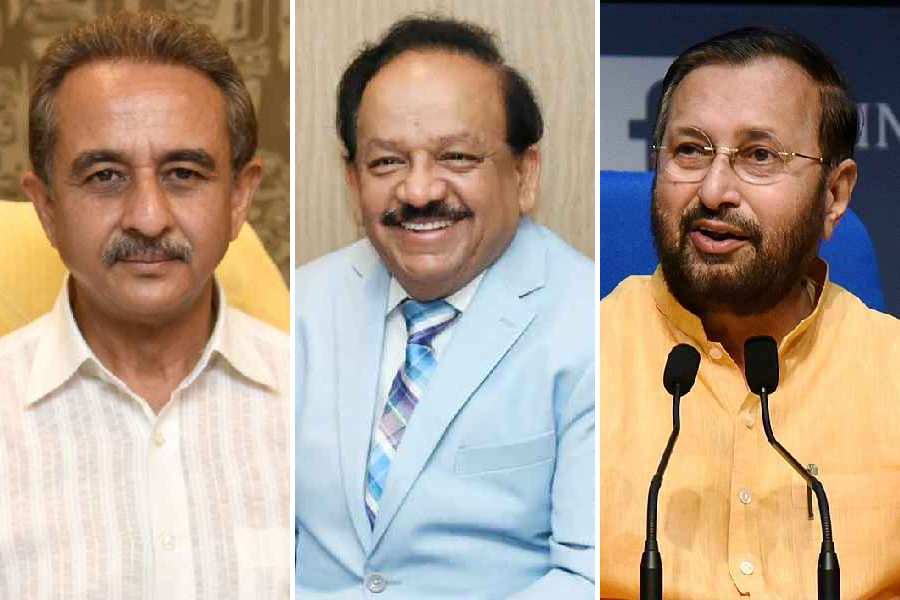Amid the ongoing tariff war between the US and China, all eyes will be on the National People’s Congress, regarded as China’s biggest annual political huddle, which will kick off on Wednesday.
Premier Li Qiang, the country’s top economic official, will announce the economic growth target for the year and broad contours of stimulus measures for the economy at the event.
The timing of the conclave is significant as the US is set to hit Chinese goods with a fresh 10 per cent tariff on Tuesday, only a month after a similar levy came into effect on February 4. Tariffs have become the pivot of President Donald Trump’s economic plans that include boosting US manufacturing, protecting jobs, raising tax revenue and taking the economy on a higher growth trajectory.
About 3,000 delegates from China’s provinces, ministries, People’s Liberation Army, party organisations and various groups that represent workers and other interests will congregate in Beijing for the rubber-stamp conclave that serves the twin functions of signalling the priorities of the government for the coming year and disseminating instructions to party members and officials across the country.
According to a Bloomberg report, Chinese officials will set a bullish growth goal of around 5 per cent for which the policymakers are expected to push China’s official budget deficit target to the highest in over three decades, pumping trillions of yuan into a system battling deflation, a property crash and now a trade war with the US.
Analysts believe that as there is little chance that Beijing can bank on a boom in exports like previous years, it has become imperative to unleash the spending power of its population.
The Bloomberg report mentioned that currency traders are watching closely for the proposed stimulus details as authorities have been focusing more on keeping the yuan stable than on easing policy. Clocking the same growth rate this year — while grappling with the challenges emanating from Trump’s tariff salvo — will mean the government will have to ramp up its own investment and encourage businesses and households to spend to pick up the slack.
AP reported that there is anticipation of more government support for the private sector to fuel growth as Chinese President Xi Jinping met business leaders — including Alibaba founder Jack Ma and Huawei CEO Ren Zhengfei — in the run up to the conclave, signalling support for the private sector at the highest level of leadership. A draft bill is likely to be deliberated during the Congress over making a fairer and more equitable business environment for the private sector.
Authorities are likely to lift this year’s official budget deficit target to around 4 per cent of the GDP from 3 per cent in 2024, according to the median projection in the Bloomberg survey of economists. The augmented deficit — a broad measure of the fiscal gap — will reach around 12 trillion yuan, it showed. That should be just enough to achieve GDP growth of around 5 per cent, which most analysts estimate requires an increase of 3-4 trillion yuan in broad deficit.
The biggest question, however, will be whether the stimulus package will be enough to realise the expected gains in consumer demand in a country characterised by high saving propensity. Household spending — including goods and services provided to citizens by the government — still only accounts for around 45 per cent of GDP, well below the 60-80 per cent level seen in most countries in the Organisation for Economic Cooperation and Development bloc.
In the past, the Chinese government used cheap loans and subsidies to boost manufacturing, housebuilding and infrastructure investment to address growth concerns. As China is bracing for a bitter tariff war with the US, the policymakers have no option but to break from decades of convention.










